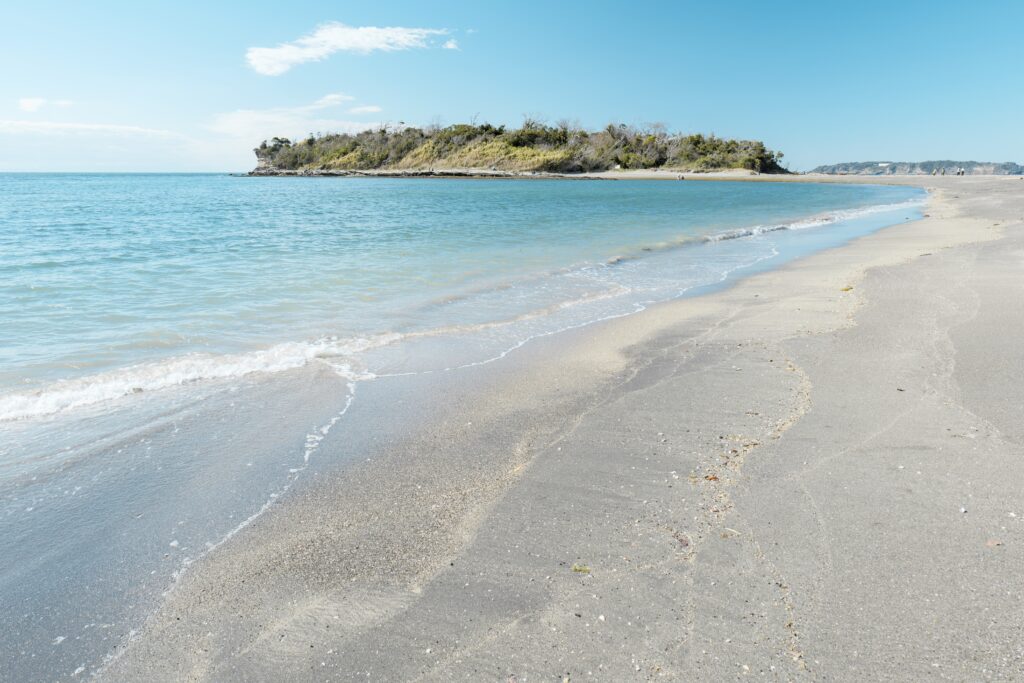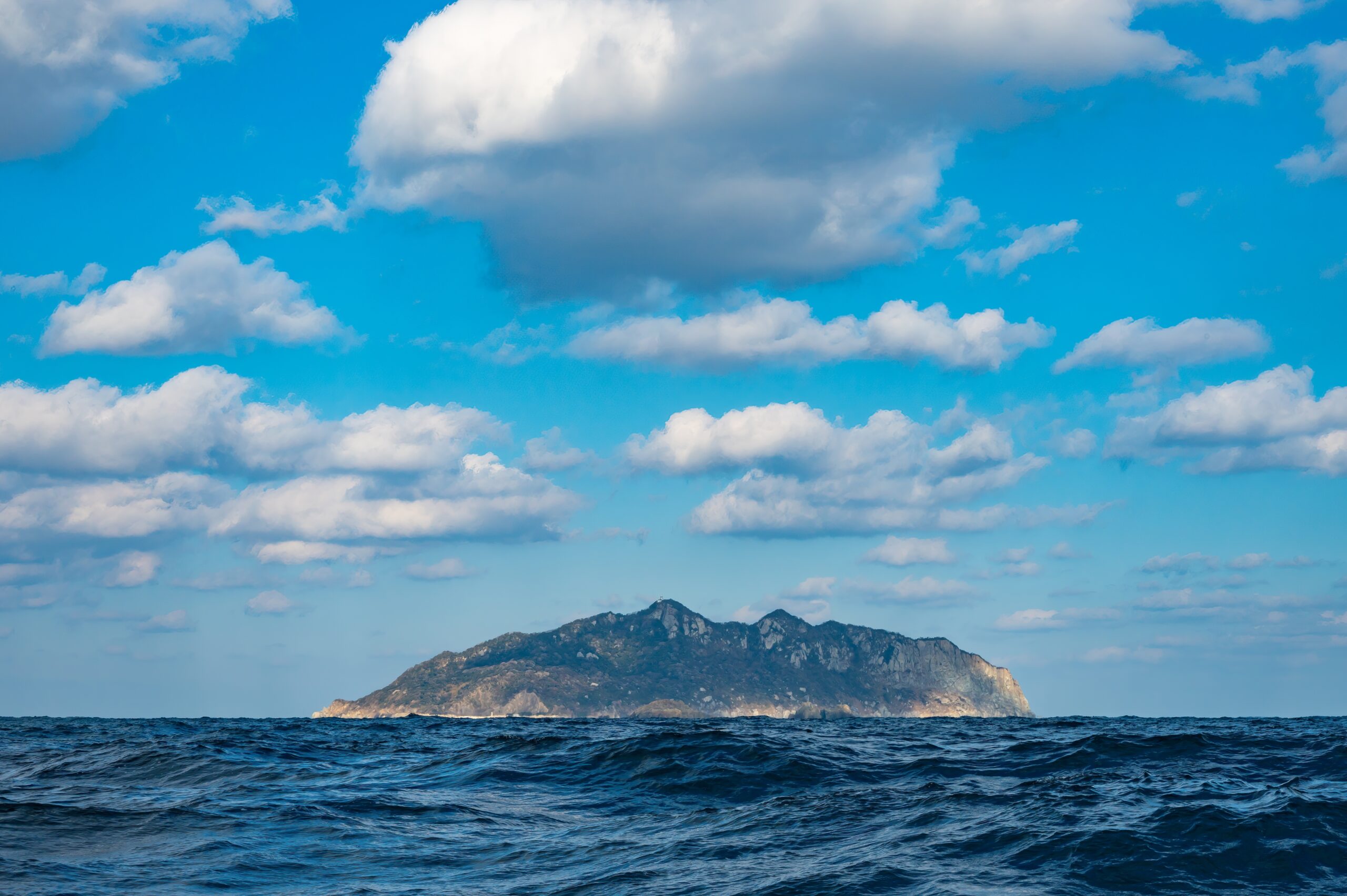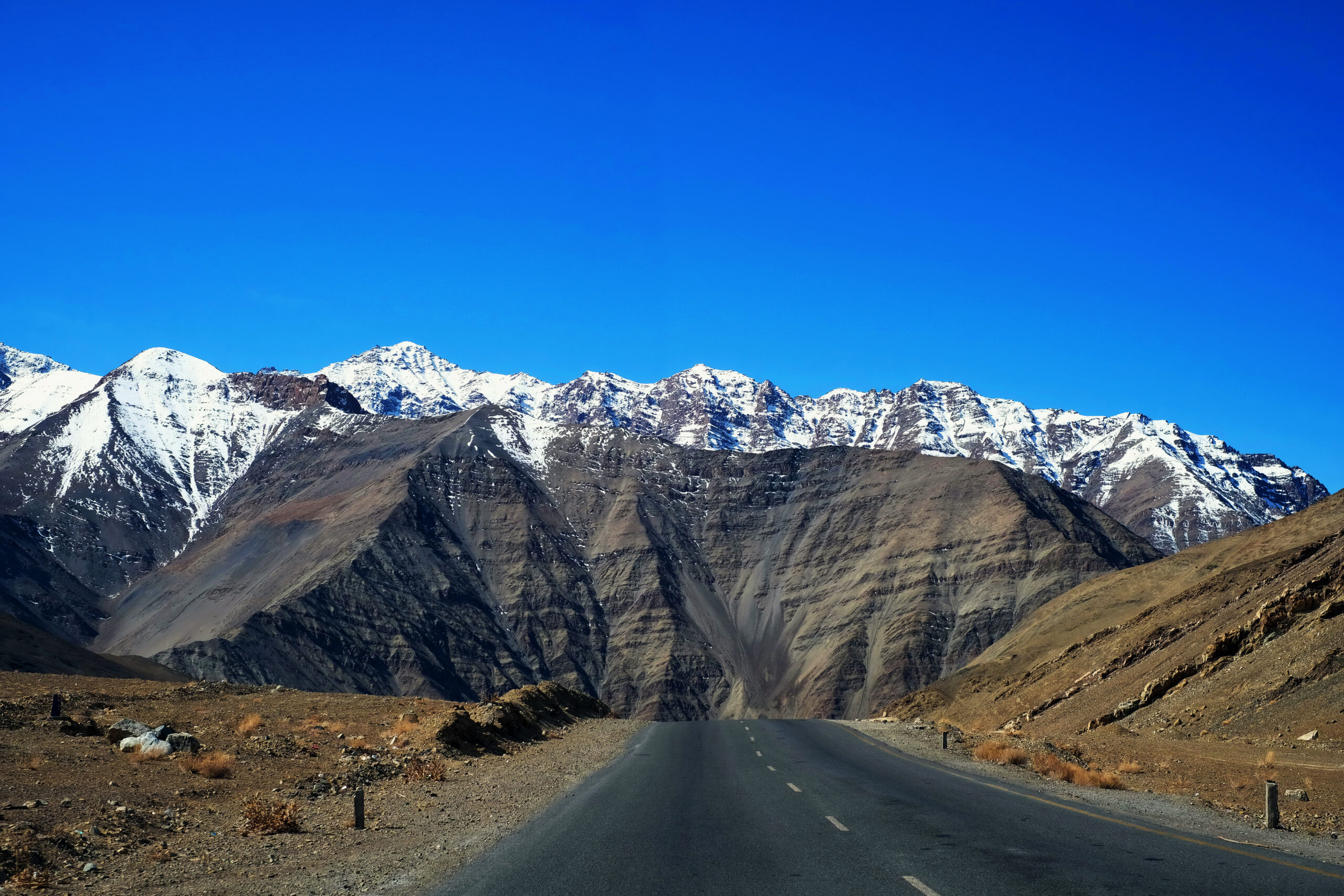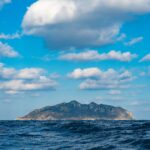Where tradition rewrites what’s possible.
A tiny island off the coast of Japan has some of the strictest—and strangest—rules in the world. Known as Okinoshima, this UNESCO World Heritage site bans women, limits visitors, and forbids acts as ordinary as birth and death. Steeped in ritual and secrecy, the island is one of the most sacred sites in Japanese Shinto belief—and for centuries, it has stood as a symbol of reverence, tradition, and quiet defiance against modernity. But what does it mean to ban death? And how does a place so off-limits capture the imagination of the world? This article explores the myths, laws, and life of Japan’s island that forbids the inevitable.
Outline
- Introduction
- Where Is Okinoshima?
- Why Is the Island Considered Sacred?
- The Ban on Women—and Its Controversy
- No Births, No Deaths: The Island’s Taboos
- The Munakata Taisha Shrine and Its Priests
- Strict Rules for the Few Who May Visit
- UNESCO Status and Modern Recognition
- Symbolism and the Future of Okinoshima
- Final Thoughts
Introduction
There are places on Earth that defy logic—not through fantasy, but through long-standing belief. Okinoshima, a remote island in Japan’s Fukuoka Prefecture, is one such place.
It has no permanent population, but is considered so sacred that not even death is allowed to occur there. In a world of over-tourism and cultural erosion, Okinoshima stands as a fiercely guarded relic of the past, where tradition is not just respected, but law.
Where Is Okinoshima?
- Location: Sea of Japan, about 60 km from Kyushu
- Size: Just 0.7 square kilometres
- Jurisdiction: Part of Munakata city, Fukuoka Prefecture
- Inhabited?: No permanent residents; only shrine priests and researchers may stay temporarily
The island is surrounded by mystery, myths, and marine mist—hidden from most, known only to a few.
Why Is the Island Considered Sacred?
Okinoshima has been a sacred site for over 1,000 years, tied to Shinto, Japan’s indigenous religion. It was believed to be a spiritual gateway for seafarers—where rituals were performed to appease the gods and protect voyages.
Between the 4th and 9th centuries:
- Over 80,000 ritual offerings were made
- These included swords, mirrors, beads, and bronze items—many from as far away as Korea and China
- The island became a centre of maritime spirituality
Today, the entire island is considered a single Shinto shrine, known as Okitsu-miya, part of the Munakata Taisha complex.
The Ban on Women—and Its Controversy
Perhaps the most controversial aspect of Okinoshima’s rules is that women are completely forbidden from setting foot on the island.
Why the ban?
- One reason often cited is ritual purity—in Shinto, menstruation is traditionally considered impure in sacred contexts
- Some say it was to protect women from dangerous sea crossings
- Others argue it reflects historical gender roles in religious practice
While some defend the ban as cultural preservation, it has also drawn criticism for being gender exclusionary in a modern context—especially after the island gained UNESCO status.

No Births, No Deaths: The Island’s Taboos
The island’s code of conduct includes an absolute ban on giving birth or dying on the island.
Why?
- Death and blood are considered pollutants in Shinto
- To maintain the purity of the shrine and land, such biological events are forbidden
- Pregnant women and terminally ill individuals are not allowed to visit or stay
Priests who serve on the island follow strict purification rituals, including:
- Bathing in the sea
- Fasting
- Avoiding certain foods or behaviours
It’s not just symbolic—these rules are deeply enforced and taken seriously.
The Munakata Taisha Shrine and Its Priests
At the heart of Okinoshima is Okitsu-miya, one of three shrines in the Munakata Taisha network. The other two are on nearby islands and the mainland.
Key facts:
- The shrine is dedicated to three sea goddesses—thought to protect travellers and fishermen
- A small number of male priests live on the island in rotation, typically for 10 days at a time
- Their duties include maintaining the shrine, offering daily prayers, and ensuring spiritual cleanliness
Even these priests must undergo purification before stepping ashore—emphasising the spiritual weight of every footstep on the island.
Strict Rules for the Few Who May Visit
Until recently, only 200 men per year were allowed to visit the island—on 17 May, during the annual Shinto festival.
Rules for visitors:
- Must undergo a cleansing ritual in the sea
- May not remove anything from the island—not even a pebble or leaf
- May not speak about what they saw
- May not take photos or recordings
In short, visiting Okinoshima is not tourism—it’s a pilgrimage.
These strict protocols are not just ceremonial—they’re enforced to protect the island’s spiritual and archaeological integrity.
UNESCO Status and Modern Recognition
In 2017, Okinoshima was designated a UNESCO World Heritage Site, alongside associated shrines and archaeological sites.
This recognition sparked global interest—and also renewed debate:
- Could such a site remain off-limits to women and cameras in the modern world?
- Should it be opened for educational or cultural tourism?
Ultimately, Japan assured UNESCO it would preserve the island’s traditions, including the ban on general public access.
As of now, Okinoshima remains closed to tourists, researchers, and all women.
Symbolism and the Future of Okinoshima
Okinoshima represents a clash between past and present, tradition and transparency.
It raises difficult questions:
- Can sacredness be preserved in the age of global visibility?
- Should spiritual sites adapt to modern values—or remain untouched?
- Is isolation the only way to protect authenticity?
For now, Okinoshima stands as a rare example of spiritual preservation in its purest form. Whether it will remain that way for centuries to come is uncertain.
But maybe that’s part of its mystery.
Final Thoughts
Okinoshima is more than an island—it’s a symbol. Of reverence. Of resistance. Of what happens when a place is so sacred, it’s meant to be unseen.
In an age of hyper-connectivity, it offers a strange and stirring paradox: a site of global importance, almost entirely closed to the globe.
And whether you see it as a spiritual treasure, a cultural relic, or a controversy, one thing’s certain: no other island on Earth is quite like it.
Where time stands still, and even death must wait.







